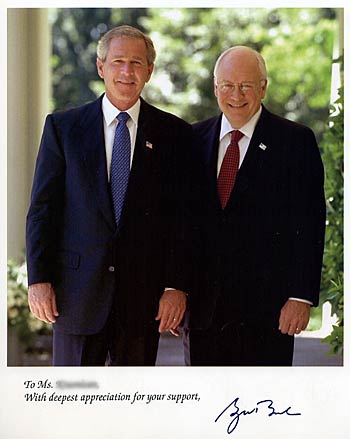Source: http://www.ibdeditorials.com/IBDArticles.aspx?id=303693123946167
By INVESTOR'S BUSINESS DAILY | Posted Friday, August 15, 2008 4:20 PM PT
Energy: As congressional Democrats dither on a vote for oil drilling, Alaska Gov. Sarah Palin has pushed through a gas pipeline project to bring new supply and price relief to the lower 48.
Read More: Energy
On Aug. 1, the same day the call for a vote on drilling began on the House floor, the Alaska state Senate approved a package of measures to license a new natural gas pipeline. House Bill 3001 lets Palin award the Alaska Gasline Inducement Act license to TransCanada Alaska, a pipeline builder that cast a winning bid of five.
The legislature had been trying for 30 years to authorize something like this and, up until now, had blown it. Palin got it through. Getting it off the ground, the state says, will be the biggest construction project in U.S. history.
Palin considers the $26 billion project her biggest accomplishment as governor. "It was not easy," she told IBD. "Alaska has been hoping and dreaming for a natural gas pipeline for decades. What it took was getting off the dime and creating a competitive market in Alaska."
View larger image |
Minus a pipeline, Alaska's abundant gas largely ends up pumped back into the ground to be used to pressurize oil fields and aid in extraction. With oil production in Alaska's Prudhoe Bay region declining and Congress continuing to drag its feet on new oil drilling, one of the few things Alaska can do is sell some of the gas now.
The new supply could bring price relief to anyone who uses home heating, electricity, farm fertilizers or manufactured goods in the U.S. "Not only is this economical for all players involved; it's wildly needed," said Palin.
The pipeline does spark controversy. Two of Alaska's biggest three oil producers, BP and ConocoPhillips, think the state is too involved. They are working on a gas line project of their own called Denali.
At first glance, it would seem the more gas lines, the merrier. But neither Palin nor BP/ConocoPhillips thinks more than one multibillion dollar gas line will be profitable, based on what's known of Alaska's resources. So both sides think the projects may eventually merge.
BP/Conoco argues that its gas line will be more efficient, but Palin's project has something a little different — political viability, something that could smooth the path to production at a time when activist lawsuits and protests gum up production as badly as Congress does.
Although a package of state goodies demanded by various constituencies could add costs, it also could be a trade-off to actually getting the project off the ground.
Palin justified it this way: "We wanted this in a competitive environment and asked companies what they could offer Alaska. Alaska is going to lay down the law (and) say, 'If you want to build this line, here is what Alaska must have: protection for the environment, in-state use of resources, jobs for Alaskans.' "
The job isn't done, but Palin isn't going on vacation.
"We still have so much to do — to break ground, to build," she said. "We'll keep ramping up oil production, educating Congress to allow ANWR to be tapped and to prove we can ethically and responsibly drill so Alaska can produce for everyone. Alaska should be the head, not the tail, to the energy solution."
Small wonder, then, that Alaska has one popular governor. If only congressional Democrats could also get off the dime.

































2 comments:
Palin's AGIA pipeline is not the free market Alaska Gas Pipeline.
A competing project is working to get the job done without paying taxpayer money to a Canadian firm.
It's a complex issue and only time will tell if Palin can claim that she built the pipeline.
http://alaska-gas-pipeline.blogspot.com/
This pipeline plays right into the hands of the Democratic argument. Republicans have said that oil companies can have oil and natural gas pumping out of ANWR and into the lower 48 in only a couple of years. Democrats argue that the infrastructure, such as this pipeline, will take a huge amount of time to construct and get operational. Your own article admits that the overall benefit of this pipeline won't be seen until 2030. By then, we should already have prototype renewable technologies. It would be a waste of government money to pump funds into a product which we should be phasing out of our technology.
What this country needs is a long term energy solution. Gambling government funds into building long-term oil-industry infrastructure is counter-productive to that end. We need more funding for renewable energy research and development. No matter how much fossil fuels we extract from Alaska, the Continental US, or off-shore, it's insane to assume we can pump all the oil our economy needs. The best way to secure the future of our energy is to move away from fossil fuels, where the Middle East holds all the cards.
Post a Comment